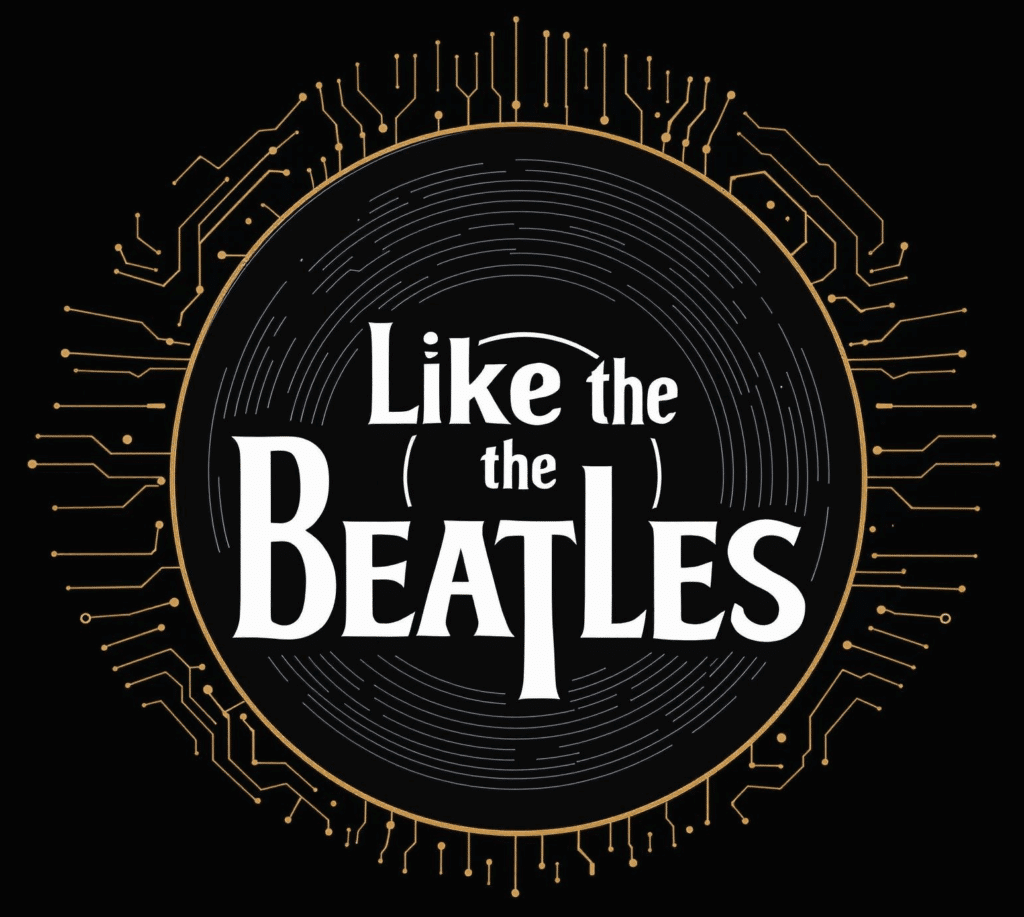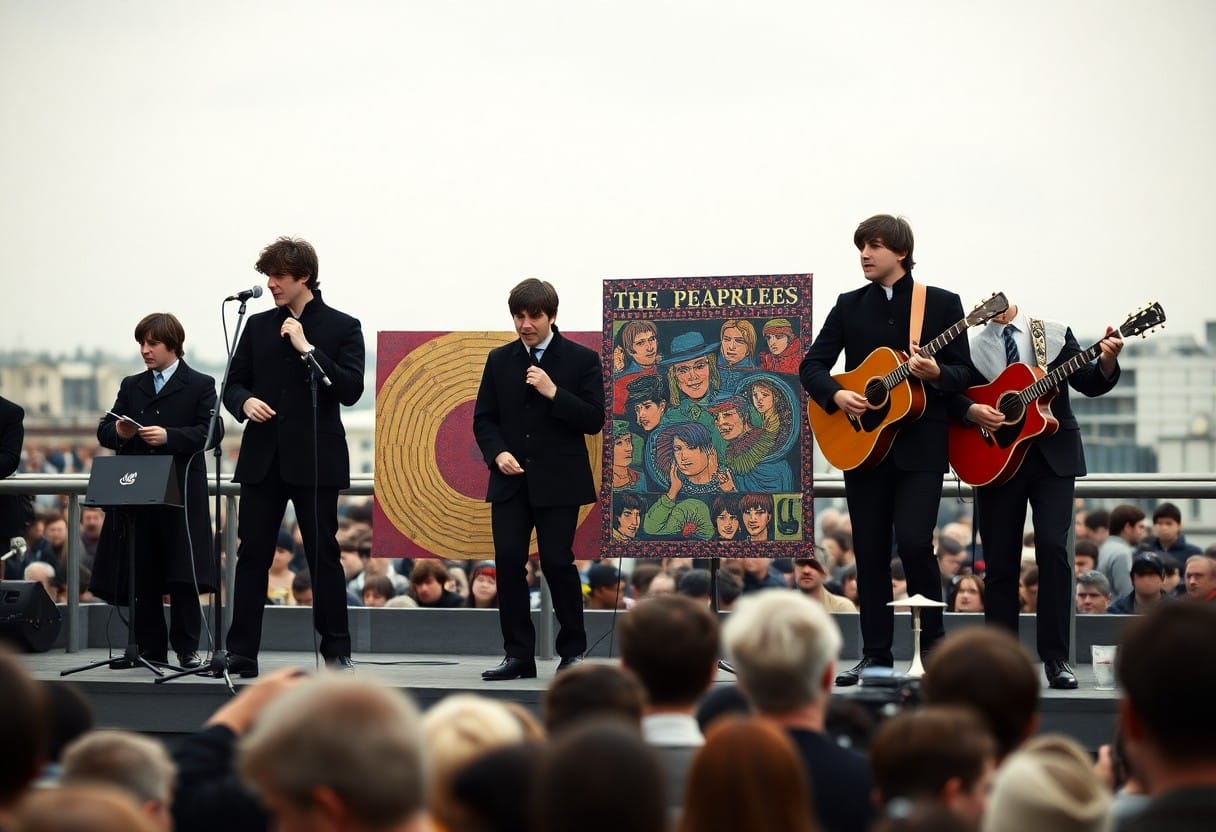You may think you know everything about The Beatles, but their journey is a fascinating blend of innovation and transformation. From their humble beginnings playing in Liverpool’s clubs to becoming global icons, I will guide you through the key steps in their evolution. You’ll discover how they navigated the challenges of fame, embraced new musical styles, and left an indelible mark on the industry. Join me as we explore the pivotal moments that shaped their career and forever changed the landscape of music.
The Formation of the Beatles
While it may seem hard to believe now, the iconic sound of The Beatles began amidst the bustling streets of Liverpool in the early 1960s. The band’s roots can be traced back to a group of young musicians who were drawn together by their shared passion for rock and roll, forever changing the landscape of popular music.
Early Beginnings in Liverpool
Between 1956 and 1957, Liverpool saw a burgeoning music scene that inspired many youthful musicians. Clubs and cafes buzzed with energy as local talents emerged, igniting dreams of becoming the next big sensation.
The Quarrymen and the Early Lineup
Lineup changes were common in these early days, marking the beginning of what would later become a legendary band. The initial group, known as The Quarrymen, was formed by John Lennon, bringing together fellow musicians with a shared vision of rock and roll success.
Formation of The Quarrymen was a pivotal step in the band’s journey. Initially comprised of John Lennon, Paul McCartney, George Harrison, and a rotating cast of local musicians, the group struggled to find their sound. In 1958, McCartney officially joined the band, followed by Harrison, creating a lineup that would eventually captivate millions. This early stage was marked by trial and error, as they played various gigs, experimenting with their unique style and preparing to penetrate the music world together.
Rise to Fame
Any discussion of The Beatles’ rise to fame hinges on their relentless passion and innovative spirit. Emerging from Liverpool, John, Paul, George, and Ringo combined their unique talents and charisma, capturing the hearts of audiences and redefining popular music with their exceptional sound and style.
Signing with EMI and Early Recordings
Early in their journey, The Beatles signed with EMI in 1962, which marked a significant turning point. Their first album, “Please Please Me,” quickly showcased their remarkable songwriting ability and energetic performances. The combination of catchy melodies and relatable lyrics ensured their meteoric ascent in the music industry.
The Beatlemania Phenomenon
About the time The Beatles reached the heights of their fame, the world experienced a phenomenon known as Beatlemania. Fan enthusiasm for the band became overwhelming, leading to chaotic scenes during live performances where thousands of frenzied fans would scream in adoration. But this intense popularity, which included a staggering amount of international attention and record sales, had significant downsides. Crowds at concerts became dangerously unruly, and the band’s personal lives were constantly invaded by the media. However, their music remained a positive force, resonating with a generation and forever changing the landscape of popular culture.
Musical Evolution in the 1960s
After the initial success of their early pop hits, The Beatles underwent a remarkable transformation throughout the 1960s, reflecting the shifting musical landscape and their growing artistic ambitions. Expanding beyond their roots in simple love songs, they began to explore diverse genres and complex themes, ultimately solidifying their legacy as one of the most innovative bands in music history.
Experimentation and New Sounds
Around the mid-1960s, The Beatles began experimenting with new sounds that pushed the boundaries of popular music. This period saw the incorporation of diverse instruments, such as the sitar in “Norwegian Wood,” and innovative studio techniques that transformed their approach to songwriting and recording.
Influences from Culture and Technology
Culture played a significant role in shaping The Beatles’ music during this transformative decade. As societal norms shifted and new technologies emerged, their lyrics and sound were infused with the zeitgeist of the times, addressing themes of love, peace, and rebellion against the establishment.
Also, as I investigate deeper, it’s evident that the influence of psychedelia, counterculture movements, and advancements in recording technology profoundly impacted The Beatles’ music. Their experimentation with varied instruments and the use of studio effects led to groundbreaking tracks like “Sgt. Pepper’s Lonely Hearts Club Band.” Additionally, exposure to global music styles and cultural revolutions inspired their lyrical content, reflecting a wider societal shift. This period not only showcases their evolution as artists but also mirrors the dynamic landscape of the 1960s, making their work timeless and relevant.
The Transition to Maturity
Not only did The Beatles evolve musically, but they also underwent a profound transition into maturity. This period marked their shift from a charming, playful band to a pioneering force in the music industry. Their exploration of complex themes, both lyrically and sonically, reflected a growing desire to express deeper emotions and experiences. As their time progressed, you could sense the tension between their pop beginnings and the artistic ambitions that lay ahead.
Concept Albums and Artistic Growth
An important aspect of The Beatles’ maturation was their embrace of concept albums. Their willingness to experiment with cohesive themes, as seen in “Sgt. Pepper’s Lonely Hearts Club Band,” showcased their creative evolution. This transition allowed them to challenge traditional music formats, leading to a more profound connection with their audience through storytelling and intricate compositions. Their artistic growth during this time was not only a reflection of their individual journeys but also of the broader cultural shifts happening around them.
Key Collaborations and Innovations
Collaborations played a significant role in shaping The Beatles’ sound, as they enriched their music with fresh ideas and techniques. Working with producers like George Martin allowed them to explore innovative recording methods and arrangements, pushing the boundaries of what was possible in the studio. Additionally, collaborations with other artists and musicians introduced new influences, expanding their sonic palette and solidifying their status as musical innovators.
Considering their collaborations, The Beatles made bold choices that shaped their artistry. Partnering with talent like George Martin was instrumental in transforming their sound through advanced studio techniques and orchestral arrangements. These partnerships fueled a wave of innovation, evident in groundbreaking tracks like “A Day in the Life” and “Tomorrow Never Knows.” Furthermore, their willingness to embrace various genres and styles not only set the stage for their own evolution but also influenced countless artists for generations to come, displaying the transformative power of collaboration in music.
Challenges and Changes
To navigate the evolving landscape of the music industry, The Beatles faced numerous challenges that tested their unity and creative vision. These obstacles not only shaped their musical direction but also impacted their personal relationships, ultimately leading to significant transformations within the band. As they moved from chart-topping hits to more experimental sounds, their journey reflected the trials of fame, identity, and the intense pressure of success.
Internal Struggles and Creative Differences
About the mid-1960s, creative differences began to surface among the band members, as each sought to explore their individuality. John Lennon and Paul McCartney’s songwriting partnership strained, resulting in conflicts over musical styles and visions for the band’s future. These internal struggles contributed to a palpable tension that, ultimately, made the group’s dynamic more complex.
The Impact of Solo Projects
On a personal level, The Beatles’ solo projects allowed each member to explore their own artistic inclinations. As they released independent albums, the differences in musical style became pronounced, showcasing their unique influences and expressions. This shift in focus often emphasized their diverging paths, hinting at the difficulties they faced as a cohesive unit.
Hence, the ventures into solo projects revealed both the strengths and weaknesses of The Beatles. While they provided an opportunity for personal expression, these individual pursuits also highlighted the growing divide within the band. Each member’s success in their solo endeavors illustrated their versatility, yet it simultaneously created a sense of isolation among them. As I explored their music, I found that these projects marked a pivotal point in their evolution, reflecting their both personal growth and the impending challenges that lay ahead for the group as a whole.
The Final Years
Now, as the 1960s drew to a close, The Beatles underwent a significant transformation. Their individual artistry flourished, leading to groundbreaking musical experiments and personal conflicts that eventually fueled their separation. If you’re intrigued by their evolution, check out Revolutionizing Sound: The Beatles and Their Creative …, which sheds light on this period of extraordinary change.
Last Albums and Iconic Performances
To look into the final stages of their career, I find their last albums remarkably innovative. With projects like “Sgt. Pepper’s Lonely Hearts Club Band” and “Abbey Road,” they challenged musical norms and left an indelible mark on the industry. Their final live performance on the rooftop of Apple Corps remains an iconic moment, symbolizing both their creativity and impending end.
The Breakup and Aftermath
The Beatles’ breakup in 1970 was a significant turning point with lasting repercussions. Due to immense personal and creative tensions, combined with business disputes, they chose to part ways. This separation, while painful, allowed each member to explore solo careers with varying degrees of success. The fears surrounding their breakup also reflected broader social changes of the time, making this moment both alarming and transformative for fans. Ultimately, The Beatles’ legacy continued to influence generations, proving their music was truly timeless.
Final Words
From above, it’s clear that The Beatles’ journey was marked by significant transformations that not only influenced their music but also the entire landscape of popular culture. As I explored their evolution, I hope you gained insights into how their experiences shaped their artistry, from their early days in Liverpool to their groundbreaking experimentation in the studio. Each phase of their career reflects a deep connection to the world around them, allowing you to understand the profound impact they had on music history and beyond.












